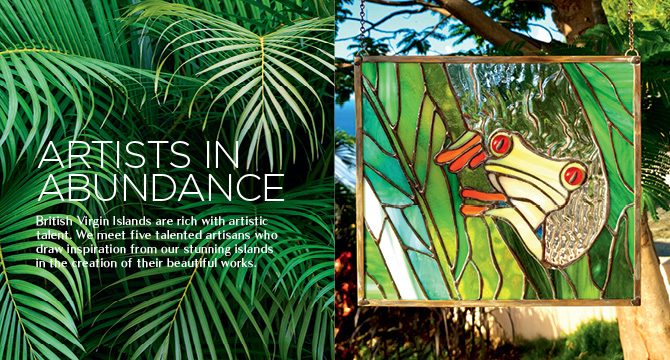In a lot of ways, St. John looks like the quintessential tropical island.
Because roughly 60 percent of the island is preserved as national park, large swaths of its lengthy coastline are made up of uninterrupted green hills, punctuated only by sporadic coves and beaches.
And although St. John lies just about six miles to the east of St. Thomas, its more metropolitan neighbour in the United States Virgin Islands, it has an inherently different character. Ferries and smaller boats arrive from the surrounding islands and dock in Cruz Bay: the centre of activity on St. John and home to beachside restaurants and boutique shops. But outside of those town limits, the island stretches out for about nine miles before hitting Coral Bay, a picturesque, laidback village, and finally ending in East End, the last tip of the island.
Along those long miles on both sides of the island – which borders the Caribbean Sea to the south and the Atlantic Ocean to the north – lies beach after unblemished beach.

Secluded beaches
For those hoping to avoid large crowds, Hawksnest Beach and Maho Bay Beach can be some of the best options relatively close to Cruz Bay. The latter, which features water as calm as a pond, is a snorkeler’s dream. Hawksnest is a favourite with St. John residents, and offers grills and picnic tables for hosting picnics or parties.
A short drive down the coast – and likely past lazy groups of friendly donkeys passing time on the road – bring you to one particular jewel of the island: Leinster Bay Trail. The roughly two-mile hike is easy enough for all ages and spits visitors out onto the rocky beach of Waterlemon Bay, after first winding past the shells of hurricane-damaged boats now beached on the shore.
Once at Waterlemon, snorkelling is typically the main objective for visitors. And for confident swimmers, a little sandbar and connecting island – dubbed Waterlemon Cay – is positioned only a few strokes out into the bay. On the other side of the island, Salt Pond Bay beach makes an ideal, quiet spot for charter boats and, perhaps incongruously, wildlife.
A short trek down a dirt trail brings you to a crescent-shaped beach. If you come early enough, you’ll have it all to yourself. Manta rays can also often be spotted hovering in the deep water of the cove, giving paddleboarders the perfect view from above.

Historic reminders
But St. John, like the rest of the Virgin Islands, has much more to offer than merely snorkelling tours and Painkillers (for visitors, think locally made rum, pineapple juice, cream of coconut and grated nutmeg).
St. John is dotted with ruins from the Plantation Era, many of which are still well maintained even after Hurricanes Irma and Maria in 2017. Some of these ruins are easy to stumble upon almost accidentally, like a windmill on top of Peace Hill. From the North Shore Road, visitors can take a semi-hidden trail to the ruin, which is part of the Denis Bay Plantation. At the summit, Hawksnest Bay shimmers to the left, and Trunk Bay to the right. A short walk downhill brings visitors to Denis Bay beach.
Other ruins, like the Annaberg Sugar Plantation, are more well-trodden – evidenced by hundreds of positive reviews on TripAdvisor – but no less important. Enslaved people working on the plantation once produced sugarcane at the location circa 1780, and now the site offers tours that help to illuminate St. John’s unique, and often complicated, history.
Every summer, that history is put on full display. The St. John Festival, which typically comes to a head on July 4th, celebrates the official emancipation of slaves in the US Virgin Islands in July 1848. The celebrations usually last several weeks and feature concerts, local food and historical events.

Getting there
Visitors outside of the Virgin Islands who have their sights set on St. John can find daily flights to the international airport on St. Thomas.
From there, the last leg of the journey truly couldn’t be easier. Regular ferries to St. John leave from three locations on St. Thomas: Crown Bay Marina, near the airport, Charlotte Amalie and Red Hook. From the last location, tickets cost about $6 each way. Boats run every hour from 8 a.m. to midnight, and take just about 20 minutes before arriving in Cruz Bay.
Direct ferries from Tortola to St. John have not yet resumed since the hurricanes, but visitors coming from the British Virgin Islands can take a quick ferry to Red Hook before catching the hourly ferry.
[ts_fab]






